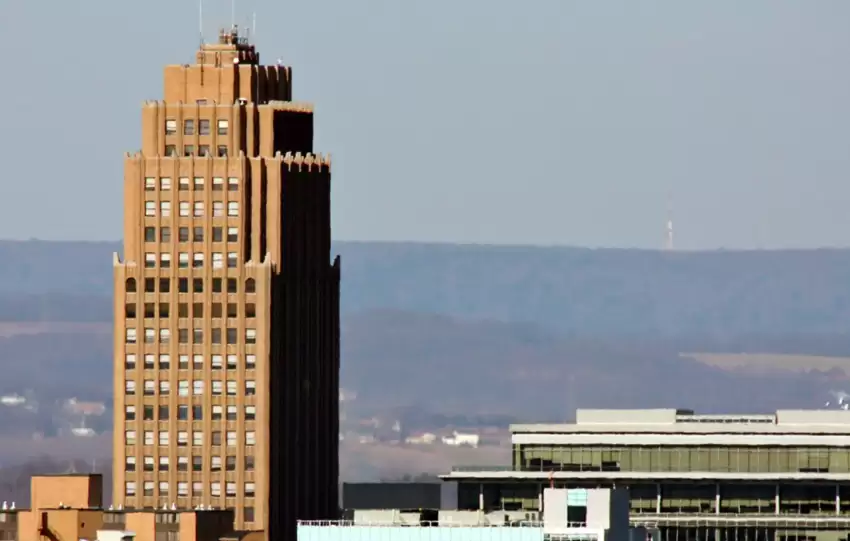The Best Time to Visit the Grand Canyon: A Traveler’s Guide
If visiting the Grand Canyon is at the summit of your list of destinations, your first concern might not be which Rim to go to or whether to drive alone or join a tour; rather, it might be the best time to go.
The Grand Canyon draws more than six million tourists annually for a reason. In addition to providing superb camping, rafting, and other enjoyable activities, the Grand Canyon has a stunning natural setting that makes for vacations to remember. However, if you intend to travel to the Canyon, you’ll choose to make the most of your time there.
Depending on what you plan to do there, you should choose the optimum time to visit the Grand Canyon. Take into account your favorite activities before making travel arrangements.
You’ll have a little more freedom with your schedule if all you want to do is take in the views and take pictures, but some activities, like camping, trekking, and rafting, are simpler (and less expensive) to plan at times of the year. Regardless of your preferences, our guide can assist you in determining the ideal season to visit the Grand Canyon.

Spring (March-May)
The “shoulder seasons” (spring and autumn) are frequently regarded as the ideal times of year for visiting the Grand Canyon because of the typically lower daytime temperatures and smaller crowds.
Paybacks:
- Hiking is best in moderate temperatures. On the South Rim, daytime highs are often in the 50s to 60s, while on the West Rim, they fall between the mid-70s and high 80s.
- Compared to the height of summer, there are fewer people.
- Typically, there is less rain than in the autumn.
- The South and North Rims are in the midst of wildflower season. Depending on the amount of winter precipitation, bloom strength fluctuates, but it’s always beautiful to see.
Drawbacks:
- Lows are in the mid-20s to low-30s at night, which is extremely cold.
- It might be challenging to dress appropriately because of the weather’s unpredictability and late-season snow and rainstorms.
- Snow makes several places inaccessible, notably the North Rim.

Summer (May-August)
Summer is the most favored season to visit the Grand Canyon because school is out. As a result, it’s also the hottest and busiest time of year.
Paybacks:
- Planning and scheduling a family vacation is simpler during the summer months without taking time off from school.
- Days that are long and sunny are ideal for exploring the Canyon.
- You can partake in numerous activities while visiting since tourism services are operating at full capacity.
- The North Rim is accessible! The North Rim has significantly cooler daytime temperatures ranging from the low 60s to the early 70s.
Drawbacks:
- Because it’s the busiest time of year, there are a lot of people, and accommodations may be difficult to find. Consider going to the North Rim if you can only go in the summer but want to escape the crowds.
- Daytime highs can reach 70 to the mid-80s on the South Rim, 90 and over on the West Rim, and considerably hotter inside the Canyon, making hiking quite challenging.
- If you don’t use sunscreen or wear adequate clothing, the sun can quickly create sunburns, especially on breezy days when you won’t feel the warning symptoms.
- Dehydration is also simpler to develop, especially if you’re trekking.
- The monsoon season is summer. There are often severe rainstorms from mid-July through mid-September, but they rarely linger for very long.

RELATED: 9 Best Sarasota Hotels That Will Elevate Your Travel Experience
Autumn (September-November)
Autumn ushers in fewer people and more mild temperatures, much like spring.
Paybacks:
- With typical daily highs between 50° and 60°, the weather is starting to chill down. Overnight, it might get very cold, just like in the spring.
- Crowds are substantially smaller now that kids are back in school.
- There is nothing like the autumn foliage.
- The Grand Canyon sunset is easier to see during shorter days.
Drawbacks:
- Similar to spring, the weather can change suddenly, with the possibility of early rain or snowfall as well as warmer-than-normal temperatures, making it challenging to prepare appropriately.

Winter (December-February)
Wintertime might be inconvenient and obstructive due to the weather. Still, with the least amount of visitors and the possibility of a snow-covered Canyon, it can also be one of the most serene and beautiful seasons to visit.
Paybacks:
- The Grand Canyon is much less crowded now, making it simpler to take beautiful photographs and reserve lodging if you wish to stay overnight.
- Finding hotel discounts is simpler now, and rates are probably lower than during the high season.
- The South Rim trails remain available; just ensure you pack the proper clothing and footwear to stay warm.
- You could be treated to a vista of the Grand Canyon coated in snow.
Drawbacks:
- Snow and other winter conditions could impede your view or cause delays in your travels. Additionally, it can make hiking challenging, especially into the Canyon. Pack accordingly if you intend to hike.
- On the South Rim, daytime highs often range in the mid-40s, and overnight lows drop to the teens and low 20s. Visit the West Rim in the winter for a milder experience; daytime highs often range from the mid-60s to the low-70s.
- North Rim is not accessible.

Ideal Weather for Visiting the Grand Canyon at the Right Time
The Grand Canyon’s weather is at its best from April through June when average rainfall is minimal and summertime peak temperatures have not yet arrived. If you can, schedule your visit before June when school lets out when the park is bustling.

The Most Economical Time to Visit the Grand Canyon
In the low season, which lasts from November to February, costs for lodging and airfares typically decline.

Worst Times to Visit the Grand Canyon
The Grand Canyon is best explored in the spring or autumn because July and August are the hottest, wettest, and busiest months in the park. Additionally, if you want to check out the North Rim, avoid going there in the winter when all roads, eateries, and lodging are closed.

FAQ
How many days do you need for Grand Canyon?
The Grand Canyon is best visited for one to three days, although you can stay for longer if you want a leisurely trip.
What is the least crowded month Grand Canyon?
The best period to avoid crowds is between September and October.
Where do I fly into for Grand Canyon?
Phoenix Sky Harbor International Airport (PHX) due to its proximity to the South Rim, and its short driving distance of just over 3.5 hours (231 miles), Phoenix Sky Harbour Airport receives the majority of Grand Canyon visitors.
What is the best time of day to see the Grand Canyon?
It is advised to arrive as early as possible and stay until late. At the Grand Canyon, sunrises and sunsets are breathtaking! It will also be simpler to get a parking space at the South Rim if you arrive early in the morning (preferably before 8 or 8.30 AM).



